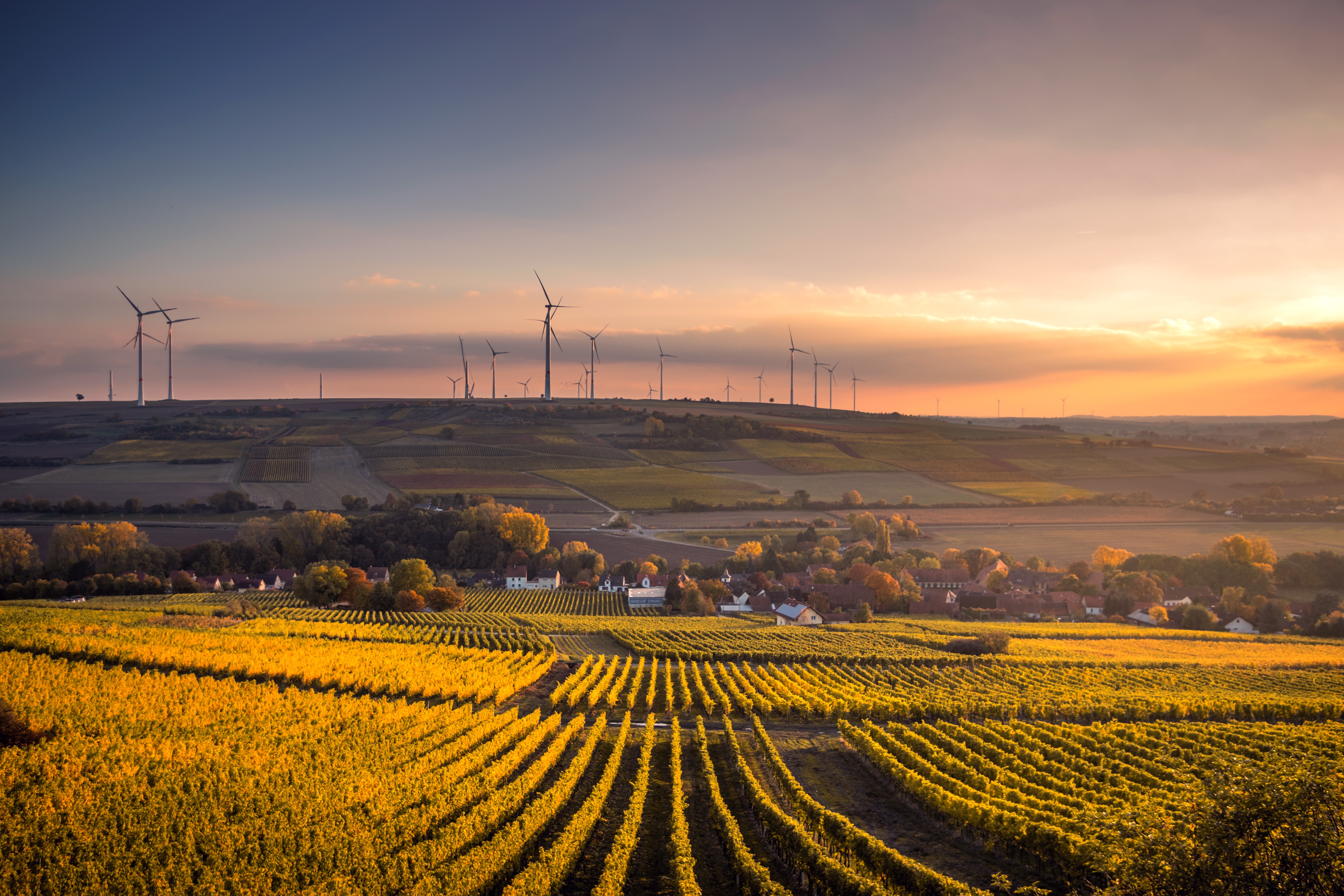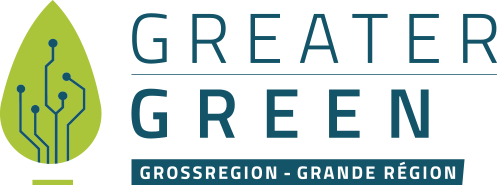Decentralised energy systems
Contrary to centralised energy supply, decentralised energy supply is the provision of energy through smaller plants which are closer to the consumers. This definition has a geographic as well as a quantitative component. The decentralised energy conversion plants are located where energy is needed and the energy is provided by relatively more numerous but much smaller plants compared to the central energy supply. This results in new requirements for energy management, grid operation and protection technology.

Biomass
Biogas is produced from biomass which, due to its limited energy density, is not suitable for transport over long distances. That is why biogas plants are being set up decentrally - close to biomass production. The energy produced in the form of electrical energy or bio natural gas (biogas of natural gas quality) can be transported much better than the biomass used.

Wind energy
Wind turbines are an example of the use of wind energy. It can be used centrally, e.g. in the case of an offshore wind farm, or decentrally, as is often the case with onshore wind energy. Such wind farms are fed either into the medium-voltage grid or into the high-voltage grid (distribution level). Only offshore wind farms or very large onshore wind farms feed directly into the transmission grid.
Solar and photovoltaics
Photovoltaics is a technical process for converting energy from light (i.e. part of the radiation of the sun) directly into electrical energy with the aid of solar cells. The use of photovoltaics for power generation requires considerable space. Here it makes sense, for example, to use the roofs of buildings instead of building ground-mounted systems that require additional areas that cannot be used in any other way. Since the cost degression in photovoltaics is not too high with the increasing size of the systems, this results in a high proportion of small decentralised systems, which are usually operated by the respective owners of the buildings. Even ground-mounted systems are generally operated by cooperatives or municipalities.
Wood
Around one third of energy consumption in Germany is used to heat buildings. A contribution to CO2 reduction can be expected from measures to improve thermal insulation and efficient heating systems. Further CO2 reductions can be achieved through the transition to renewable energies, especially wood as fuel.
Heating with wood is becoming increasingly popular in private households as well as in municipal buildings. Individual fireplaces such as wood-burning stoves, tiled stoves, etc. account for a large proportion of this. However, wood central heating systems based on logs, wood pellets and wood chips are increasingly being installed.
Geothermal energy
Geothermal energy, including deep geothermal energy, has so far been used in rather small plants that are tied to certain suitable locations. This form of energy is used decentralized. The direct or indirect use of heat from the ground, the so-called geothermal energy is a form of renewable energy that is already widely used today, particularly in the form of low-temperature heat.
Thermal solar energy
The term solar thermal energy refers to the thermal use of solar energy, i.e. the use of solar radiation to generate heat. In contrast to the central treatment of hot water, the decentralised version does not suffer any heat transfer losses due to long pipes and paths of the hot water to the final tapping point.


